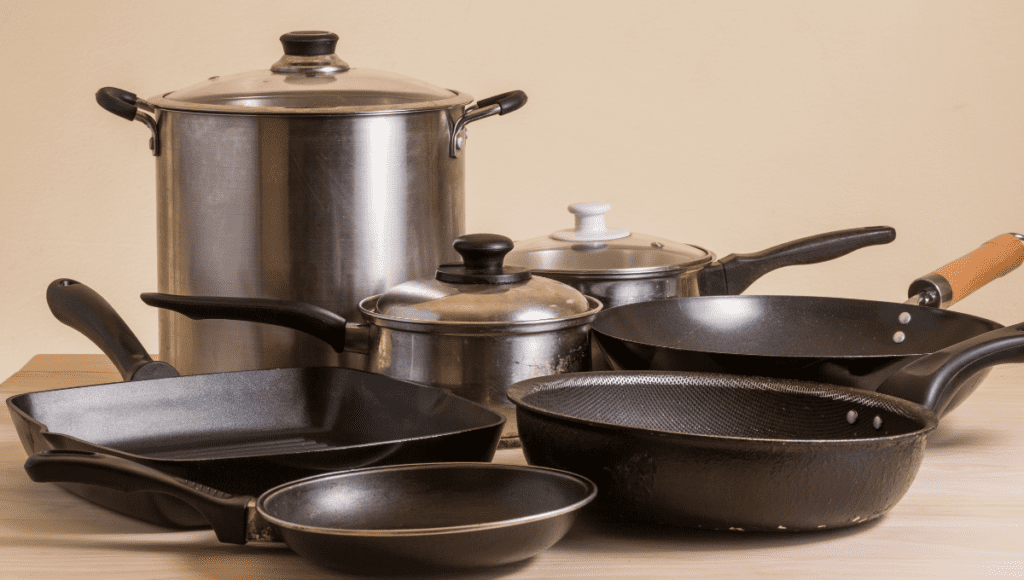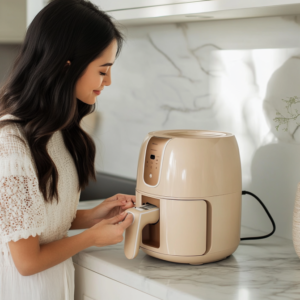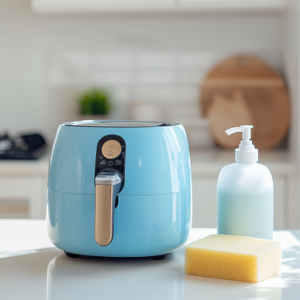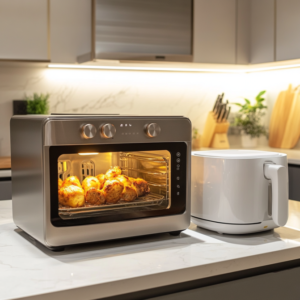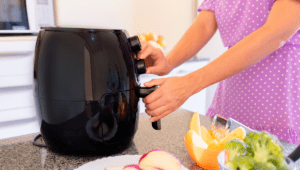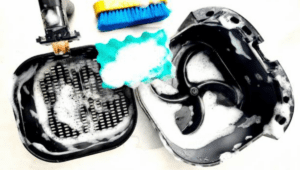When cooking at home, the right cookware can make all the difference.
Whether you’re an experienced chef or a beginner learning the ropes, choosing suitable pots and pans can help make your time in the kitchen more accessible and enjoyable.
Finding the perfect cookware set can feel overwhelming with so many different options.
But don’t worry—this guide will help you navigate the key things to look for when choosing the right tools for your kitchen.
Why the Right Cookware Matters
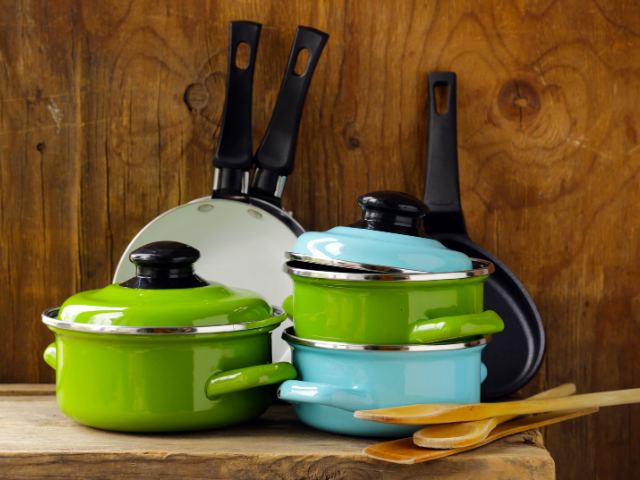
The cookware you choose directly impacts the quality of your meals, your cooking experience, and even the time you spend cleaning up afterward.
Selecting suitable pots and pans isn’t just about style or brand; it’s about finding tools that suit your cooking needs and lifestyle.
Every type of cookware has its own benefits, from non-stick coatings to heavy-duty cast iron. You can build a versatile, reliable kitchen arsenal for years by understanding what to look for.
1. Consider Your Cooking Style
Before buying any cookware, it’s essential to consider how you cook. Do you prepare simple, everyday meals? Do you love experimenting with recipes and different cooking techniques?
A simple set of non-stick pans is all you need to prepare basic meals. But if you often whip up stir-fries, simmer stews, or bake casseroles, you might want a more diverse collection of cookware.
- Simple meals: Non-stick pans for easy cleanup and less oil usage.
- Complex meals: Stainless steel and cast iron for versatility and even heat distribution.
Looking to improve your kitchen skills? Check out Amazon’s Best Air Fryer Cookbook for Beginners UK [TOP 7 Reviewed] and explore new air fryer recipes.
2. Material Matters
The material of your cookware affects its heat conduction, durability, and even the flavor of your food. Different materials work best for various types of cooking, so understanding what each offers is essential.
-
Stainless Steel
Stainless steel is durable, non-reactive, and great for browning and searing meats. It’s also resistant to rust and scratches, making it long-lasting. However, it’s not as non-stick as other materials, so you might need to use a bit more oil or butter when cooking.
-
Non-Stick
Non-stick pans are ideal for cooking delicate foods like eggs or pancakes. They require minimal oil and make cleaning up easy. Just be sure to avoid using metal utensils that can scratch the non-stick coating.
-
Cast Iron
Cast iron is perfect for heat retention, making it great for slow cooking, frying, or baking. It can also be used on the stove or in the oven. The downside is that cast iron requires a bit more maintenance—like seasoning the pan regularly to keep it in top shape.
Product Recommendation: Consider the Lodge Cast Iron Skillet for durability and versatility in the kitchen.
3. Non-Stick or Not?
One of the most significant decisions you’ll need to make is using non-stick cookware. Non-stick pans are easy to clean and great for low-fat cooking since they require little to no oil. They’re perfect for cooking delicate items like eggs and fish.
However, non-stick coatings can wear off over time, and some aren’t suitable for high-heat cooking. If you need cookware handling high temperatures, stainless steel or cast iron might be a better option for some of your pots and pans.
4. Heat Distribution and Retention
How well your cookware conducts and retains heat plays a significant role in the quality of your cooking. Materials like copper and aluminum distribute heat evenly, preventing hot spots that cause food to cook unevenly.
For dishes that require slow, steady cooking, such as stews or soups, cookware with excellent heat retention (like cast iron) is ideal. If you’re whipping up quick meals like stir-fry, cookware with good heat distribution (like stainless steel or copper) will help you cook evenly.
5. Handle Comfort and Safety
When choosing cookware, don’t overlook the importance of the handles. You’ll want comfortable, heat-resistant handles that are comfortable to grip and stay cool to the touch. Look for pots and pans with ergonomic, heat-resistant handles to avoid burns and improve your cooking control.
6. Oven Compatibility
Some meals require finishing in the oven, so checking if your cookware is oven-safe is essential. Cast iron and stainless steel pans are typically safe for use in the oven, but non-stick pans with plastic handles might not be. Read the manufacturer’s instructions before using your cookware in the oven.
Product Recommendation: For a versatile, oven-safe option, consider the Le Creuset enameled cast iron Dutch oven.
7. Cooktop Compatibility
Different cooktops require different cookware. If you have an induction cooktop, you’ll need cookware made from magnetic materials like cast iron or stainless steel. On the other hand, gas and electric stoves work with nearly any type of cookware.
8. Size and Storage
Before buying a full cookware set, consider the size of your kitchen and the storage space you have. If you have limited space, consider investing in versatile cookware that can serve multiple purposes, like a large skillet that can double as a sauté pan.
9. Price vs. Value

When it comes to cookware, you often get what you pay for. While cheaper options may seem tempting, investing in high-quality cookware will save you money in the long run. Quality cookware is more durable and performs better, meaning you won’t need to replace it as often.
However, there are also plenty of mid-range options that offer great value for the price. Look for cookware that balances quality and affordability.
Ready to enhance your cooking experience? Don’t forget to pair your new cookware with recipes from the Best Air Fryer Cookbook for Beginners UK [TOP 7 Reviewed] on Amazon.
10. Maintenance and Care
Consider how much maintenance each type of cookware requires. Cast iron needs to be seasoned regularly, and stainless steel can require a bit of scrubbing to keep it looking new. Non-stick pans are easy to clean but may need to be replaced every few years if the coating wears off.
Conclusion
Choosing the right cookware is an investment in your kitchen and cooking experience.
Whether you’re a beginner or an experienced chef, having the right tools makes all the difference.
By considering factors like material, size, and your own cooking style, you can select cookware that perfectly suits your needs.
Remember, quality cookware will last years, improve your meals, and make cooking more enjoyable. Now that you’ve got the ultimate cookware buying guide, it’s time to get cooking!
Discover the Ultimate Air Fryer Cookbook for Beginners and enjoy a variety of mouthwatering, easy-to-make recipes that fit perfectly into your healthy lifestyle! Plus, don’t forget to check out our recently published articles for more tips, reviews, and air fryer inspiration.

